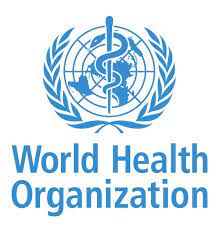
New Essential Diagnostics List and Guide for Regulating Artificial Intelligence for Health
In 2019, diabetes accounted for 1.5 million deaths worldwide. The integration of personal glucose devices into disease management strategies has the potential to revolutionize care, offering individuals real-time insights into their blood glucose levels.
To this direction, World Health Organization Urges Inclusion of Personal Glucose Monitors in Essential Diagnostics List (EDL) 2023. The WHO's recent EDL release is a pivotal moment for global health. With a focus on diabetes, the inclusion of these personal glucose monitoring devices aims to significantly improve patients’ lives. The EDL now features tests for the under-reported hepatitis E virus (HEV). This includes a rapid test for quicker diagnosis, addressing a disease-causing acute liver failure. WHO Director-General emphasizes that EDL is a game-changer, guiding countries towards evidence-based diagnostics for better patient outcomes. Additionally, WHO raises important considerations for AI in health. As AI's role in diagnostics grows, WHO outlines six key areas for effective regulation, ensuring transparency, risk management, and collaboration for responsible AI use.
Read the full report here.
And more information here.
To this direction, World Health Organization Urges Inclusion of Personal Glucose Monitors in Essential Diagnostics List (EDL) 2023. The WHO's recent EDL release is a pivotal moment for global health. With a focus on diabetes, the inclusion of these personal glucose monitoring devices aims to significantly improve patients’ lives. The EDL now features tests for the under-reported hepatitis E virus (HEV). This includes a rapid test for quicker diagnosis, addressing a disease-causing acute liver failure. WHO Director-General emphasizes that EDL is a game-changer, guiding countries towards evidence-based diagnostics for better patient outcomes. Additionally, WHO raises important considerations for AI in health. As AI's role in diagnostics grows, WHO outlines six key areas for effective regulation, ensuring transparency, risk management, and collaboration for responsible AI use.
Read the full report here.
And more information here.


